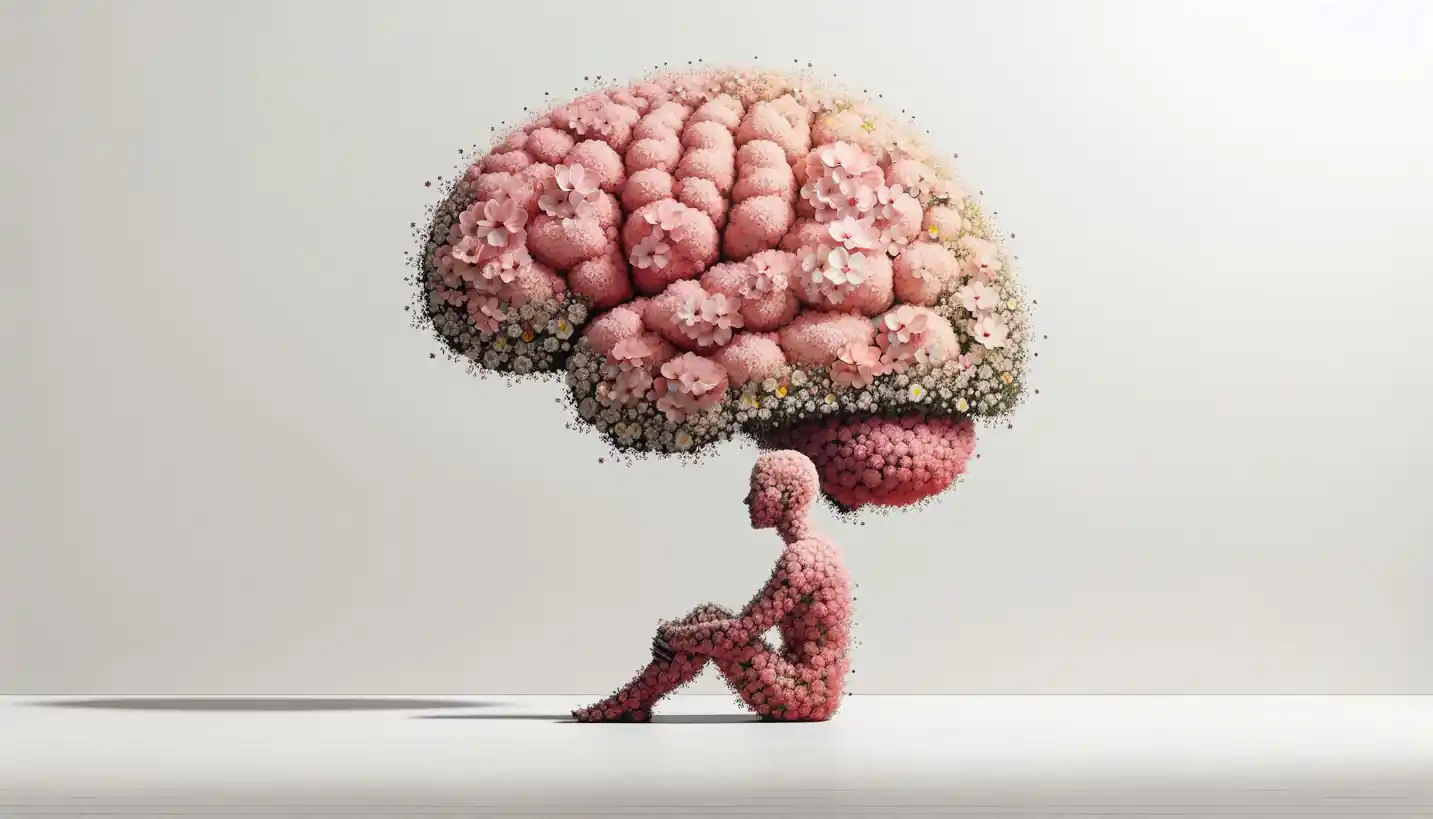· Psychology · 5 min read
Implicit Memory: The Hidden Engine of Your Mind
Implicit memory quietly shapes your habits and skills. Discover its hidden influence with insights from cognitive psychology.

Sometimes, it’s hard to notice, but there’s more going on in your head than meets the eye. Imagine you’re riding a bike after years without practice. You hop on and, without much thought, you’re off and riding smoothly. How does this happen? This mystery is due to something called implicit memory, a fascinating concept in cognitive psychology. Let’s take a dive into this secretive corner of our mind and uncover how it shapes our daily lives, often without us even knowing it.
Understanding Implicit Memory
Implicit memory, sometimes known as non-declarative memory, is a type of memory that operates beneath our conscious awareness. Unlike explicit memory, where you actively recall facts or experiences—like remembering your last birthday party—implicit memory helps you perform tasks without consciously thinking about them.
Picture implicit memory as an autopilot system in your brain. It works tirelessly in the background, guiding your everyday actions and behaviors. From brushing your teeth to typing on a keyboard, these routine activities are orchestrated by the implicit mind.
The Brain Behind the Curtain
Implicit memory resides in different areas of the brain, primarily within structures like the basal ganglia and cerebellum. These regions are involved in motor control and habit formation. One famous example of implicit memory at work is demonstrated by the story of “H.M,” a patient who underwent surgery to treat epilepsy. While his ability to form new explicit memories was impaired, he could still learn new skills through repetition, thanks to his intact implicit memory.
Types of Implicit Memory
There are various forms of implicit memory, each playing a role in our lives:
Procedural Memory: This is the one that lets you ride a bike or play a musical instrument without actively recalling every step. It’s all about “knowing how”.
Priming: Ever hear a song and find yourself humming it later without realizing? That’s priming, where exposure to a stimulus influences your response to a later stimulus.
Conditioned Associations: Remember Pavlov’s dogs? When a bell rings, they start to salivate because they associate it with food. It’s a learned response that happens unconsciously.
Implicit Memory in Our Lives
Think about walking into a room and instantly recognizing it’s your home, even in the dark. Implicit memory is at play, guiding you effortlessly. It’s not just about skills and movement—it influences our perceptions and interactions too.
For example, ever wonder how you can type on a keyboard without looking at the keys? Your fingers just know where to go! That’s procedural memory in action, a type of implicit memory that helps you perform complex tasks seamlessly.
Implicit Bias and Everyday Judgments
Implicit memory also subtly influences our beliefs and attitudes without us even realizing it. This can lead to implicit biases, where our pre-learned associations affect how we perceive and react to different people and situations. It’s like our brain making shortcuts, based on past experiences, which can sometimes lead to incorrect judgments.
Understanding implicit bias is crucial, especially in promoting equality and fairness in society. Being aware that these biases exist helps us challenge them, leading to better, more conscious decision-making.
Training the Implicit Mind
The good news is, implicit memory isn’t set in stone. We can train it, just like a muscle. Repetition and practice can help reformulate these memory pathways. It’s why athletes and musicians practice tirelessly—they’re fine-tuning their implicit memory to perform automatically and flawlessly.
If you’ve ever learned a new skill, like driving, you know the beginning requires intense concentration. Over time, with practice, these actions become automatic, thanks to the strengthening of implicit memory.
The Mystery of Implicit Learning in Sleep
Sleep doesn’t just rest our body; it refreshes our implicit memory too. During REM sleep, the brain organizes and solidifies memories, playing a pivotal role in learning. For example, learning a new language might feel overwhelming, but with sufficient rest, the implicit mind continues to work behind the scenes, helping you become fluent over time without you even realizing it.
Looking Forward: Research and Implications
Cognitive psychologists are continuously exploring the mysterious depths of implicit memory. Investigating how it affects learning, behavior, and neuroplasticity (the brain’s ability to change) can lead to breakthroughs in education and rehabilitation.
For instance, understanding implicit memory can aid in treating disorders like PTSD, where negative implicit memories can be rewired. It’s a powerful tool that holds potential for therapies, enhancing our quality of life by reshaping how our mind autopilots through daily experiences.
Conclusion: Embracing the Invisible Guide
Our minds are extraordinary, performing countless tasks unconsciously through implicit memory. It’s the invisible guide that helps us navigate the world, learning and adapting silently. By understanding and acknowledging the power of implicit memory, we open the door to self-improvement and growth, making our interactions and tasks in daily life smoother and more efficient.
So, the next time you effortlessly ride a bike, type on a keyboard, or even make a snap judgment, remember there’s a complex web of implicit memory at play, your silent partner in navigating life’s journey.



